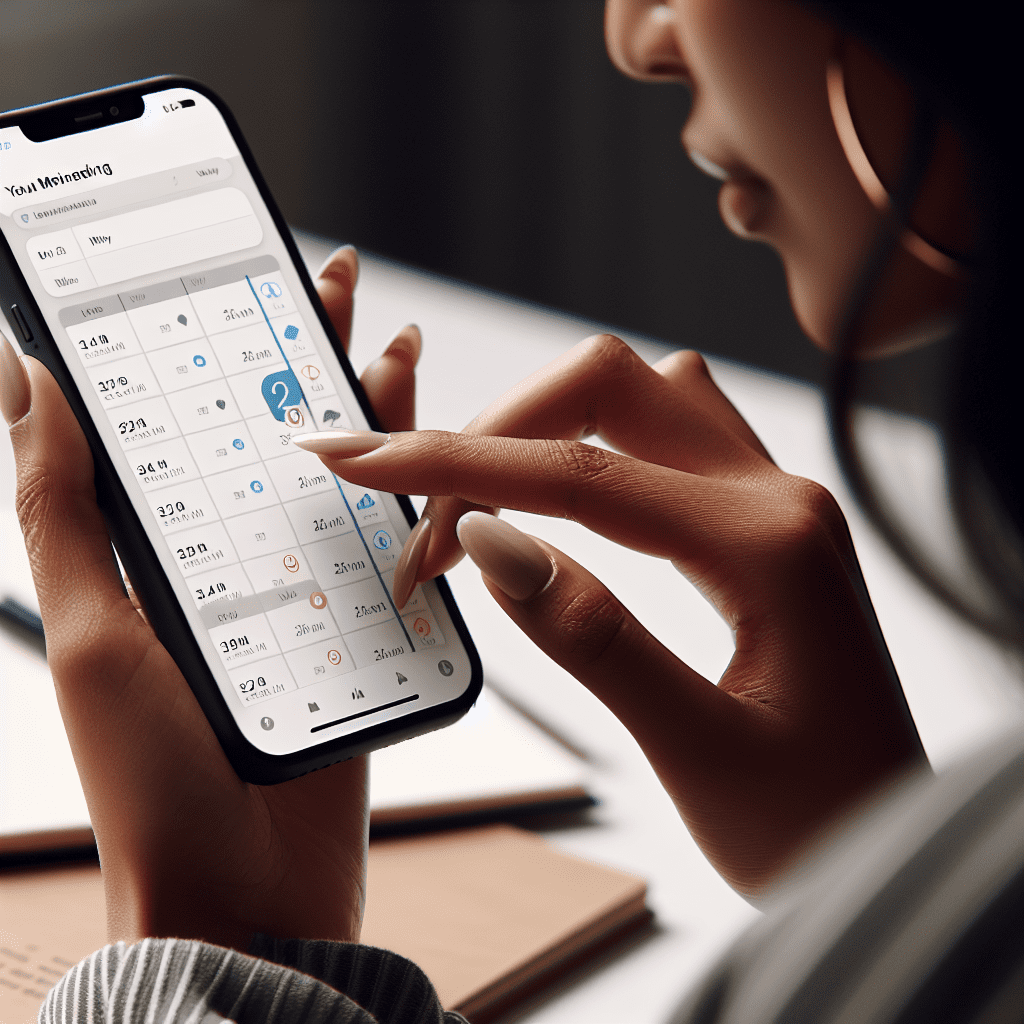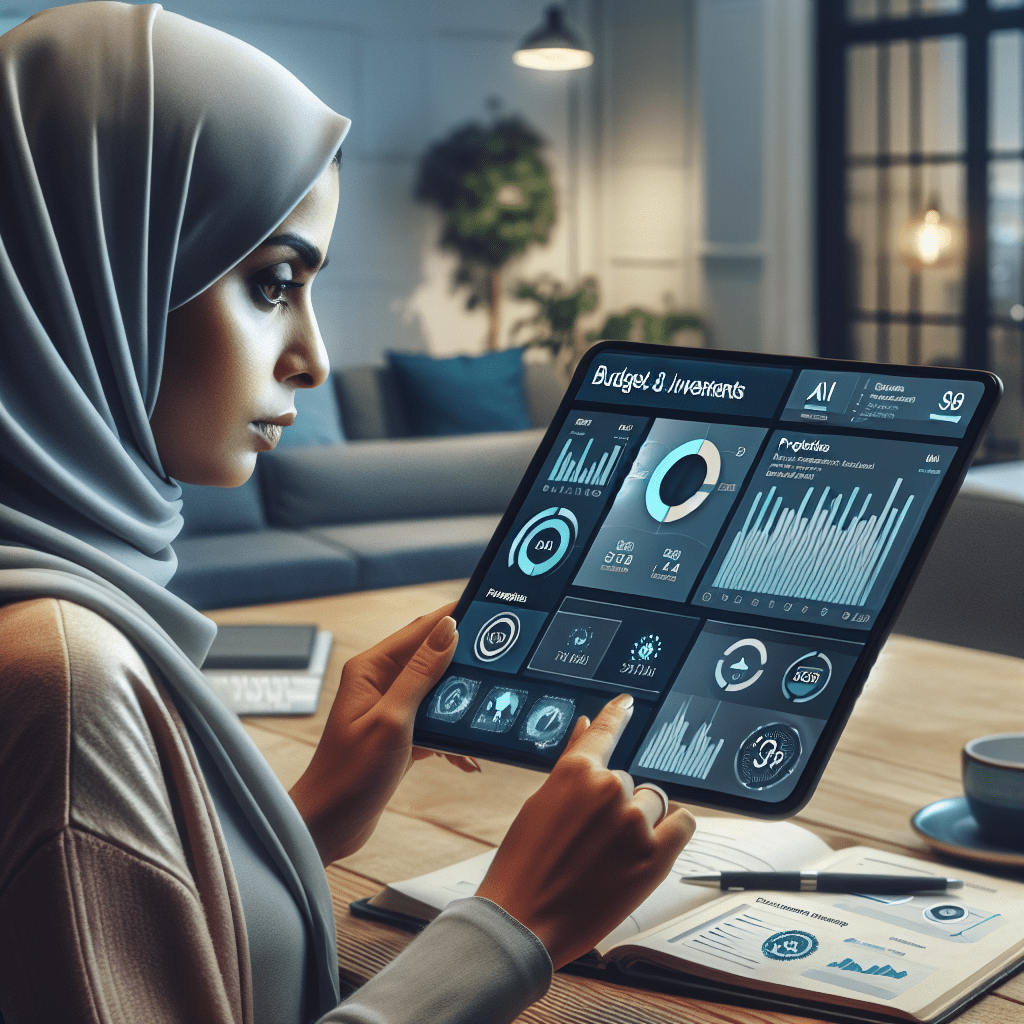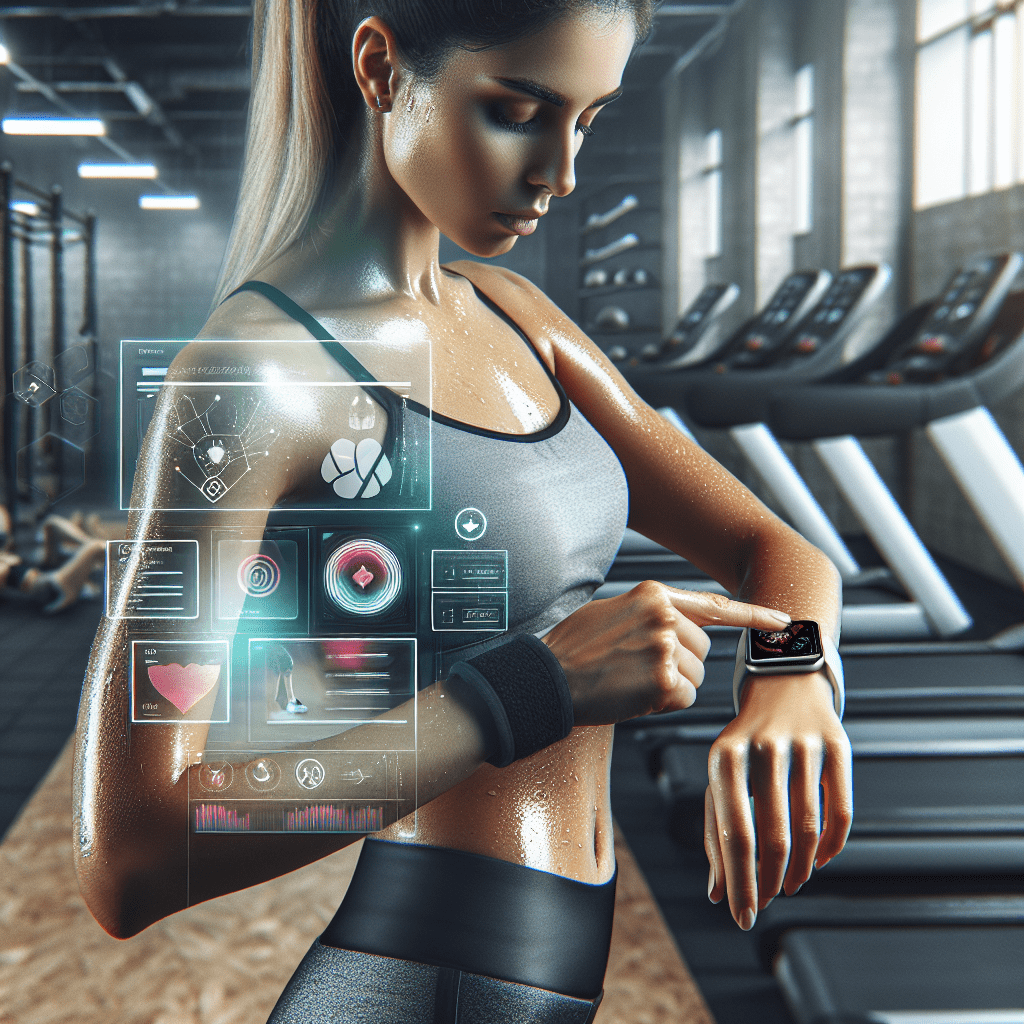Table of Contents
In today’s fast-paced world, optimizing our daily routines has become a necessity for maintaining work-life balance and achieving our goals. Artificial intelligence (AI) is increasingly stepping in to help, offering a wide array of tools and apps designed to streamline tasks, boost efficiency, and ultimately enhance our quality of life.
From intelligent scheduling assistants to adaptive learning platforms, AI-powered solutions are transforming the way we manage our time, acquire new skills, and tackle personal and professional challenges. By harnessing the power of machine learning algorithms, these tools can personalize recommendations, automate repetitive tasks, and provide valuable insights to guide decision-making.
In this article, we’ll explore some of the most promising AI applications for optimizing daily life, and provide practical tips for integrating these tools into your own productivity toolkit. Whether you’re a busy professional, a lifelong learner, or simply looking to make the most of every day, discovering the potential of AI can be a game-changer.
Intelligent Scheduling and Time Management
One of the most significant ways AI can optimize daily life is by helping us manage our time more effectively. Intelligent scheduling assistants like x.ai and Clockwise use natural language processing and machine learning to automate the task of finding meeting times that work for everyone, taking into account individual preferences and availability.

But AI-powered time management goes beyond just scheduling meetings. Apps like RescueTime and ActivityWatch can track how you spend your time across devices and applications, providing detailed reports and insights to help you identify productivity bottlenecks and optimize your routines.
As Nir Eyal, author of “Indistractable: How to Control Your Attention and Choose Your Life,” notes:
“By leveraging AI to track and analyze our time usage patterns, we gain a powerful tool for building habits that align with our values and goals. It’s not about working harder, but working smarter by designing our days intentionally.”
Adaptive Learning and Skill Acquisition
Another domain where AI is making a significant impact is in the realm of learning and skill acquisition. Adaptive learning platforms like Duolingo and Knewton use machine learning algorithms to personalize educational content and pacing based on individual strengths, weaknesses, and progress.

By continuously assessing learner performance and adjusting instruction accordingly, these platforms can optimize the learning process and help individuals acquire new skills more efficiently. Whether you’re learning a new language, mastering a musical instrument, or developing professional expertise, AI-powered tools can tailor the experience to your unique needs and learning style.
Personal Finance and Investment
Managing personal finances and investments can be a daunting task, but AI-powered tools are making it easier than ever to optimize financial decision-making. Apps like Mint and You Need a Budget (YNAB) use machine learning to categorize transactions, track spending patterns, and provide personalized budgeting recommendations.

In the realm of investing, platforms like Wealthfront and Betterment leverage AI to automate portfolio management, taking into account individual risk tolerances and financial goals. By analyzing vast amounts of financial data and market trends, these tools can help optimize investment strategies and maximize returns over time.
Health and Wellness Optimization
AI is also transforming the way we approach health and wellness, offering tools to optimize fitness routines, nutrition, and mental well-being. Fitness apps like Freeletics and Fitbod use machine learning to generate personalized workout plans based on individual goals, fitness levels, and progress over time.

Similarly, nutrition apps like PlateJoy and Healthify harness AI to create customized meal plans and grocery lists based on dietary preferences, health goals, and lifestyle factors. By taking the guesswork out of healthy eating, these tools make it easier to stick to nutritious habits and optimize overall well-being.
In the realm of mental health, AI-powered chatbots and therapy platforms like Woebot and Talkspace are making it more accessible and convenient to receive support and guidance. By analyzing user interactions and providing personalized recommendations, these tools can help individuals build resilience, manage stress, and optimize their emotional well-being.
Streamlining Daily Tasks and Chores
Finally, AI is helping to optimize daily life by streamlining routine tasks and chores. Smart home devices like the Amazon Echo and Google Home use natural language processing to understand voice commands, allowing users to control lighting, temperature, and appliances hands-free.
AI-powered robots like the iRobot Roomba and the Neato Botvac use machine learning algorithms to navigate and clean homes efficiently, learning the layout of rooms and optimizing cleaning patterns over time. By automating these routine tasks, AI frees up valuable time and mental bandwidth for more meaningful pursuits.
Conclusion
As AI continues to advance and integrate into every aspect of daily life, the possibilities for optimization are endless. By harnessing the power of intelligent tools and platforms, we can streamline our routines, acquire new skills more efficiently, and make better decisions across domains.
However, it’s important to approach AI as a tool for augmenting human capabilities, rather than a replacement for human judgment and intuition. As we incorporate these technologies into our lives, we must remain mindful of their limitations and potential biases, and strive to use them in ways that align with our values and goals.
Ultimately, the key to optimizing daily life with AI lies in finding the right balance between automation and human agency. By leveraging these powerful tools strategically and intentionally, we can create more space for the things that matter most - personal growth, meaningful relationships, and the pursuit of our highest aspirations.